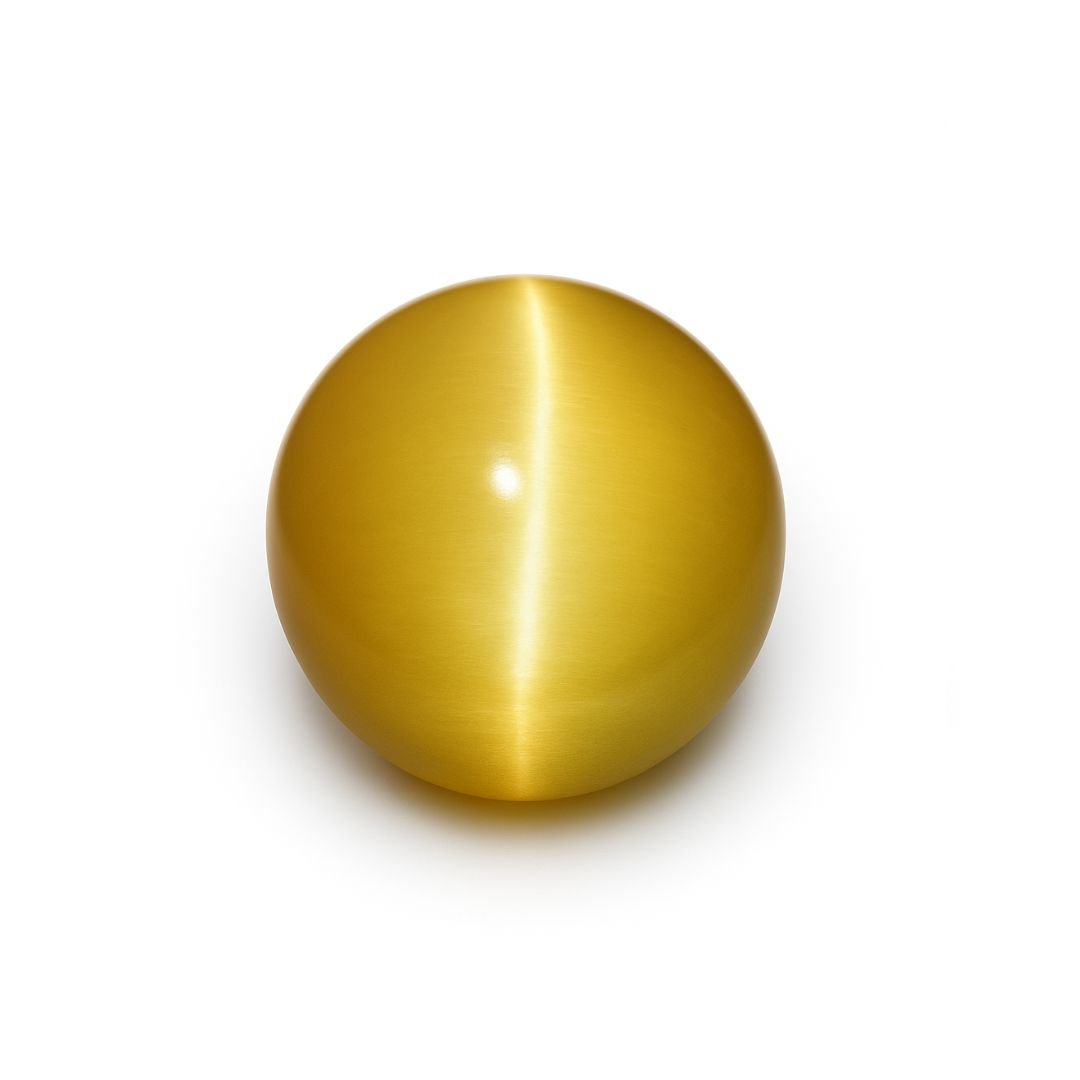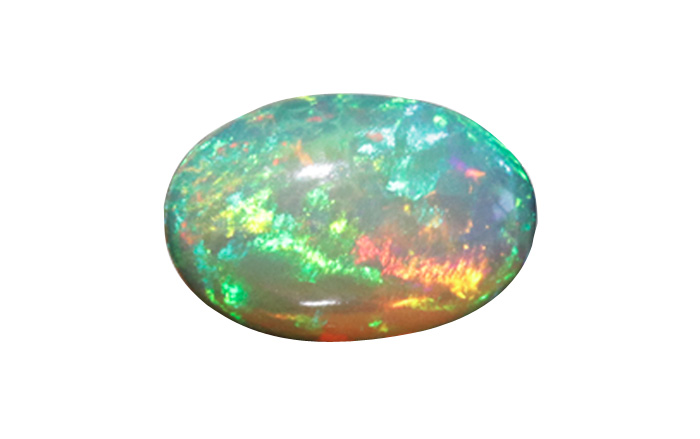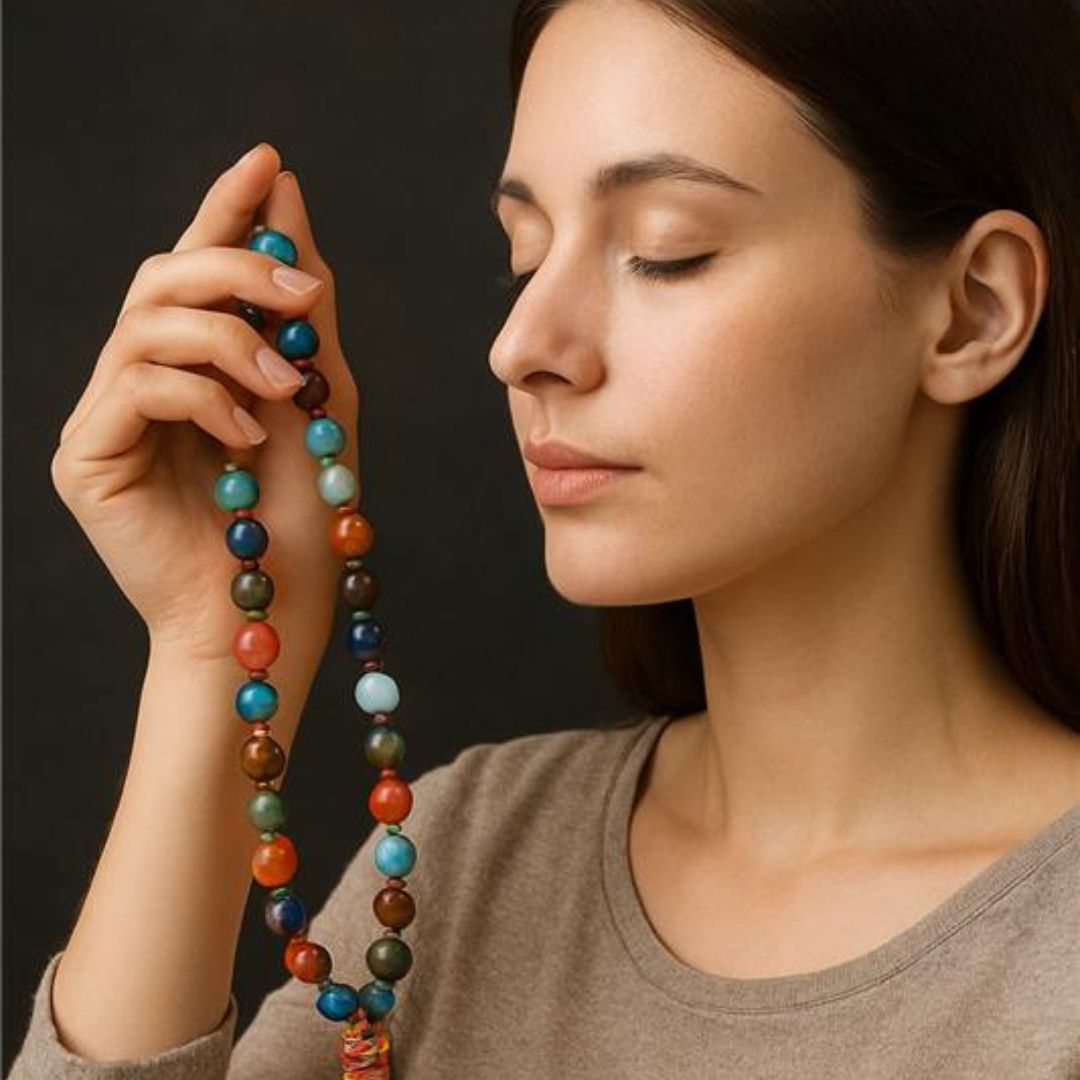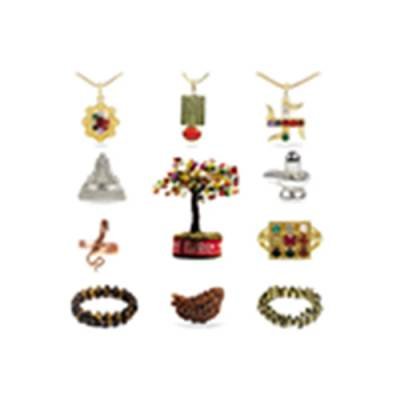How to spot a fake Gemstone ? Worried your gemstone might be fake? Here’s how to identify the real deal within minutes—using simple methods at home or with professional help.
Instant Check: How to Tell If a Gemstone Is Real in Just 2 Minutes
Before we dive deep, here’s how you can do a quick authenticity check right now:
-
Look for air bubbles inside the stone – real gemstones don’t have them.
-
Do a scratch test – most real gemstones are harder and won’t scratch easily.
-
Check for uniform color – natural stones often have slight imperfections or inclusions.
-
Ask for a certification – genuine sellers provide lab-tested gemstone certificates.
For those who want full clarity and details, let’s explore each method step by step.
1. Visual Inspection: Real vs Fake Gemstone Comparison
Real Gemstones:
-
Slight imperfections like inclusions (natural marks inside)
-
Color variations within the stone
-
Natural luster that reflects light uniquely
Fake Gemstones (Glass/Plastic):
-
Perfect clarity (too perfect!)
-
Uniform or flat coloring
-
Air bubbles visible inside
-
Lightweight and warm to the touch (real stones are cool and heavier)
Use a 10x magnifier or jeweler’s loupe to spot internal flaws or bubbles.
2. Simple Tests You Can Do at Home
A. Scratch Test (Mohs Hardness)
Use a piece of glass (hardness 5.5).
-
Rub the gemstone lightly across it.
-
If the stone gets scratched, it’s likely fake.
-
Real gemstones like sapphires (hardness 9) won’t scratch.
B. Fog Test
Breathe on the stone.
-
If the fog clears instantly, it’s likely real.
-
If it stays foggy for a few seconds, it could be glass.
C. Water Drop Test
Put a drop of water on the gemstone’s surface.
-
If it holds shape and stays in place, that’s a good sign.
-
If it spreads too quickly, it could be glass or plastic.
3. Authentication Tools & Methods
If you’re serious about your gemstone investment, these tools/methods will help:
Refractometer Test:
-
Measures how light bends through the gemstone.
-
Each gemstone has a unique refractive index.
-
Lab or gemologist required.
UV Light Test:
-
Some gemstones (like diamonds or rubies) glow under UV light.
-
Synthetic stones often have a different fluorescence.
Spectroscope Test:
-
Helps analyze the gemstone’s absorption spectrum.
-
Identifies synthetic vs. natural origins.
For accurate testing, visit a certified gem testing lab or use a professional gemologist’s help.
4. Always Ask for a Certificate of Authenticity
Reputable sellers provide certified gemstones with testing reports from authorized labs like:
-
GIA (Gemological Institute of America)
-
IGI (International Gemological Institute)
-
GRS (GemResearch Swisslab)
-
BIS-approved Indian labs
This certificate verifies the stone’s origin, treatment, weight, cut, and clarity.
At Gemmines.in, all gemstones come with authentic certification—giving you peace of mind and guaranteed value.
5. Natural vs Synthetic Gemstone: What’s the Difference?
| Feature | Natural Gemstone | Synthetic Gemstone |
|---|---|---|
| Origin | Mined from Earth | Lab-created |
| Inclusions | Present | Usually flawless |
| Cost | Higher | Relatively cheaper |
| Value | Long-term investment | Low resale value |
| Astrological Use | Highly effective | Generally ineffective |
Not all synthetics are fake—they’re just man-made alternatives. But if you’re buying for astrology or healing, only natural gemstones are recommended.
Common Fake Gemstones & Market Tricks
1. Glass Imitations
Sold as Pukhraj, Ruby, or Emerald—look colorful and shiny but have no astrological value.
2. Dyed Stones
Some dealers dye low-quality stones to resemble precious gems.
3. Doublets/Triplets
These are layered stones made by fusing cheap materials with thin gemstone slices.
4. Synthetic Moissanite as Diamond
Looks very similar to diamond but reacts differently under UV light and conductivity tests.
Always verify with a trusted jeweler or lab.
Can You Spot a Fake Gemstone Without Tools?

Yes, here’s a checklist of what you can observe without any tools:
-
Too bright or consistent color
-
No internal flaws (real stones have them)
-
Too light or too warm to the touch
-
Low cost compared to market rate
-
No lab certificate or vague testing reports
Consult Experts or Buy from Trusted Sellers Only
If you’re still unsure, don’t risk your money or faith.
Look for:
-
Years of experience in gemstone trading
-
Verified testimonials and ratings
-
Clear return policy
-
Certificates with each stone
-
Physical store or lab-testing tie-up
Final Thoughts: Don’t Fall for Market Gimmicks
In a world full of imitations, it’s easy to be fooled. But now, with the right knowledge and awareness, you can protect your investment—and your spiritual journey.
Remember:
👉 Real gemstones are rare, imperfect, and come with proof.
👉 Fake stones are cheap, perfect-looking, and uncertified.
Summary Checklist: Spotting Fake Gemstones
| Step | Check |
|---|---|
| 1 | Look for imperfections or inclusions |
| 2 | Perform a scratch and fog test |
| 3 | Use UV light or consult a lab |
| 4 | Ask for gemstone certification |
| 5 | Buy only from reputed sellers |
Have Questions?
Still unsure about your gemstone’s authenticity?
📞 Contact our experts at Gemmines.in or request a free gemstone consultation today.





















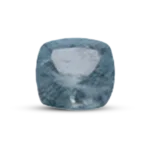
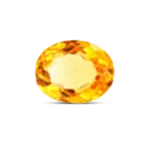
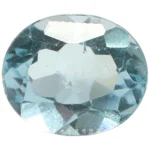
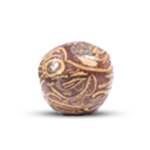
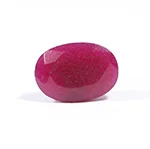

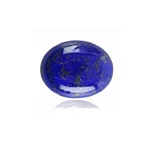



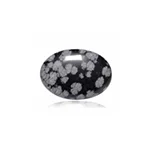





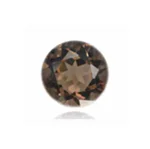
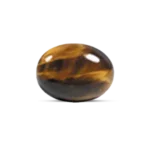



 14 Jun 2025
14 Jun 2025 Gemmines Author
Gemmines Author 







